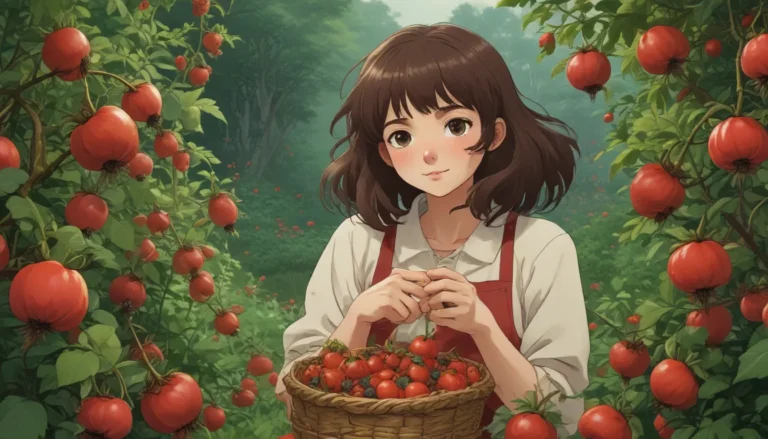How to Store Pumpkins: Post-Harvest Tips for Keeping Your Harvest Fresh

Are you wondering how to store pumpkins for later use? Most people are familiar with canned pumpkin puree for Thanksgiving pies, but growing your own pumpkins like Cucurbita pepo, C. moschata, or C. maximum opens up a world of possibilities for enjoying these delicious winter squash throughout Halloween and the winter months.
In this article, we’ll explore the best practices for storing fresh pumpkins to keep them fresh for as long as possible. Whether you’re a seasoned gardener or new to growing your own produce, these post-harvest storage tips will help you make the most of your pumpkin harvest.
What You’ll Learn
- How Long Can You Store Fresh Pumpkins?
- Planting and Growing Considerations
- Harvest to Last Longer
- Curing and Disinfecting
- Proper Storage Techniques
How Long Can You Store Fresh Pumpkins?
While fresh pumpkins won’t last forever, with the right care, you can extend their shelf life significantly. Different varieties of pumpkins have varying storage capabilities, so it’s essential to understand the expected freshness timeline for your specific type of pumpkin.
- Jack-o’-lantern pumpkins typically last for about a month at room temperature or a couple of months in a cool, dry place.
- Pie pumpkins can last anywhere from two to six months in ideal storage conditions.
- Heirloom varieties like ‘Amish Cheese’ and ‘Jarrahdale’ can last even longer, up to a year in storage with proper care.
Planting and Growing Considerations
To ensure your pumpkins last as long as possible after harvest, consider the following planting and growing tips:
- Time your harvest: Coordinate your harvest time with your intended use. For jack-o’-lantern pumpkins, time your harvest a few weeks before Halloween for optimal freshness. Cooking pumpkins should be harvested in late September to mid-October.
- Space your vines: Provide ample air circulation by spacing your vines and pruning as needed to prevent downy mildew, which can cause your pumpkins to rot from the inside.
- Let them ripen: Allow your pumpkins to reach full maturity before harvest to ensure they last longer in storage.
Harvest to Last Longer
Ensure a longer shelf life for your pumpkins with the following harvest practices:
- Harvest mature fruits: Only pick pumpkins that are fully mature to prevent early decay.
- Avoid frost: Harvest before the first frost to prevent immediate decay.
- Handle with care: Pick pumpkins with intact stems and free of bruises to extend their freshness.
Curing and Disinfecting
Curing your pumpkins can extend their shelf life by an additional three months. Follow these steps for curing and disinfecting your pumpkins:
- Wipe off dirt: Use a dry cloth to clean off any loose dirt from your pumpkins.
- Cure in a warm, dry place: Leave your pumpkins in a warm, dark place for about three weeks to harden the rind and intensify flavors.
- Disinfect with bleach: Optionally spray your pumpkins with a diluted bleach solution to prevent mold growth.
Proper Storage Techniques
After curing and disinfecting your pumpkins, it’s essential to store them correctly to ensure they last as long as possible. Consider the following storage tips:
- Single layer storage: Store pumpkins in a single layer to avoid stacking and potential damage.
- Ideal storage conditions: Keep pumpkins in a dry, dark place with temperatures between 50 and 60ºF for best results.
- Avoid moisture: Avoid storing pumpkins on linoleum or concrete, as these surfaces can promote moisture buildup and decay.
By following these post-harvest storage tips, you can enjoy your homegrown pumpkins throughout the fall and winter months. Whether you plan to use them for pies, carving, or autumn displays, proper storage techniques can help you make the most of your harvest.
If you have any pumpkin storage questions or tips to share, feel free to leave a comment below. Happy harvesting!





